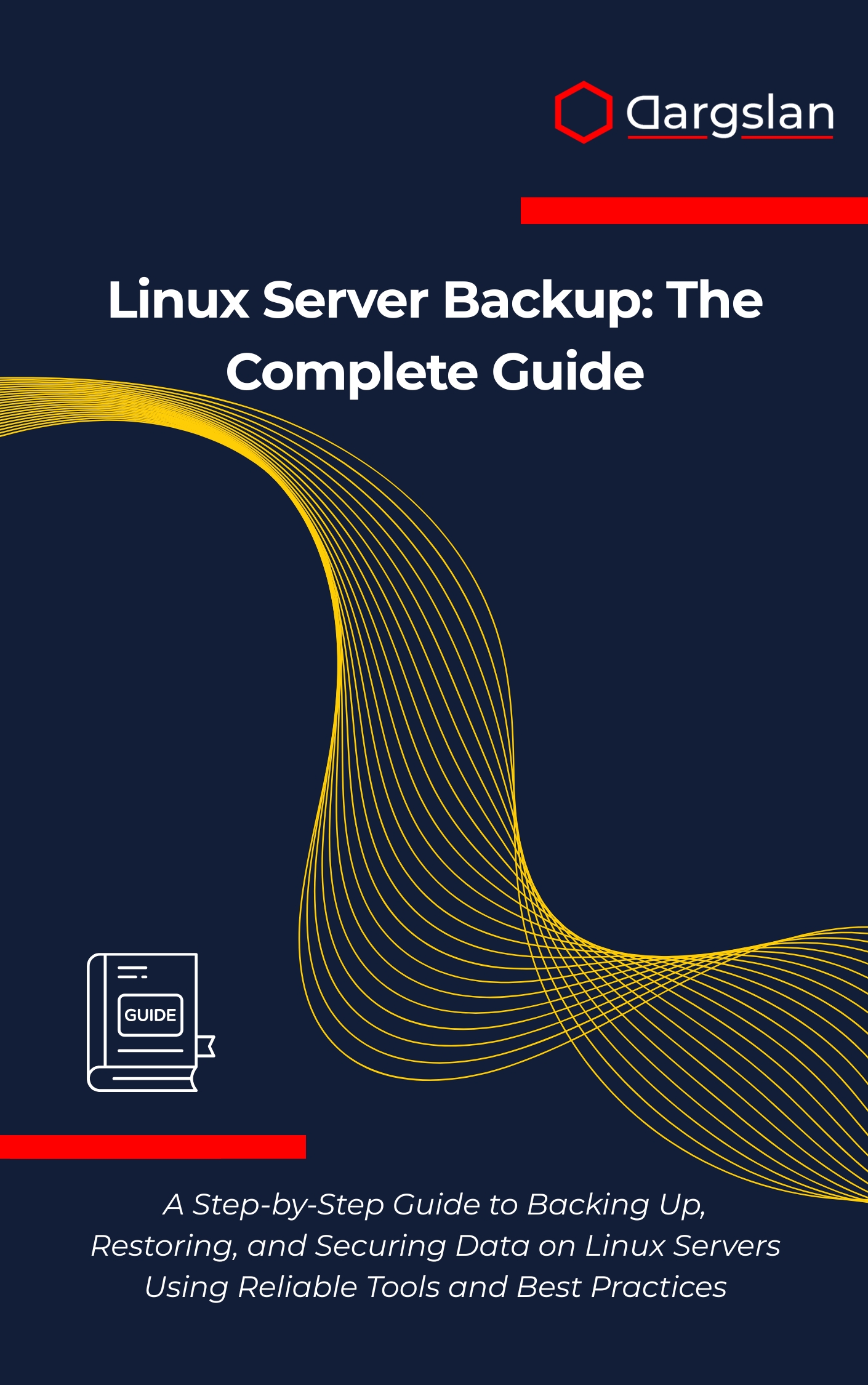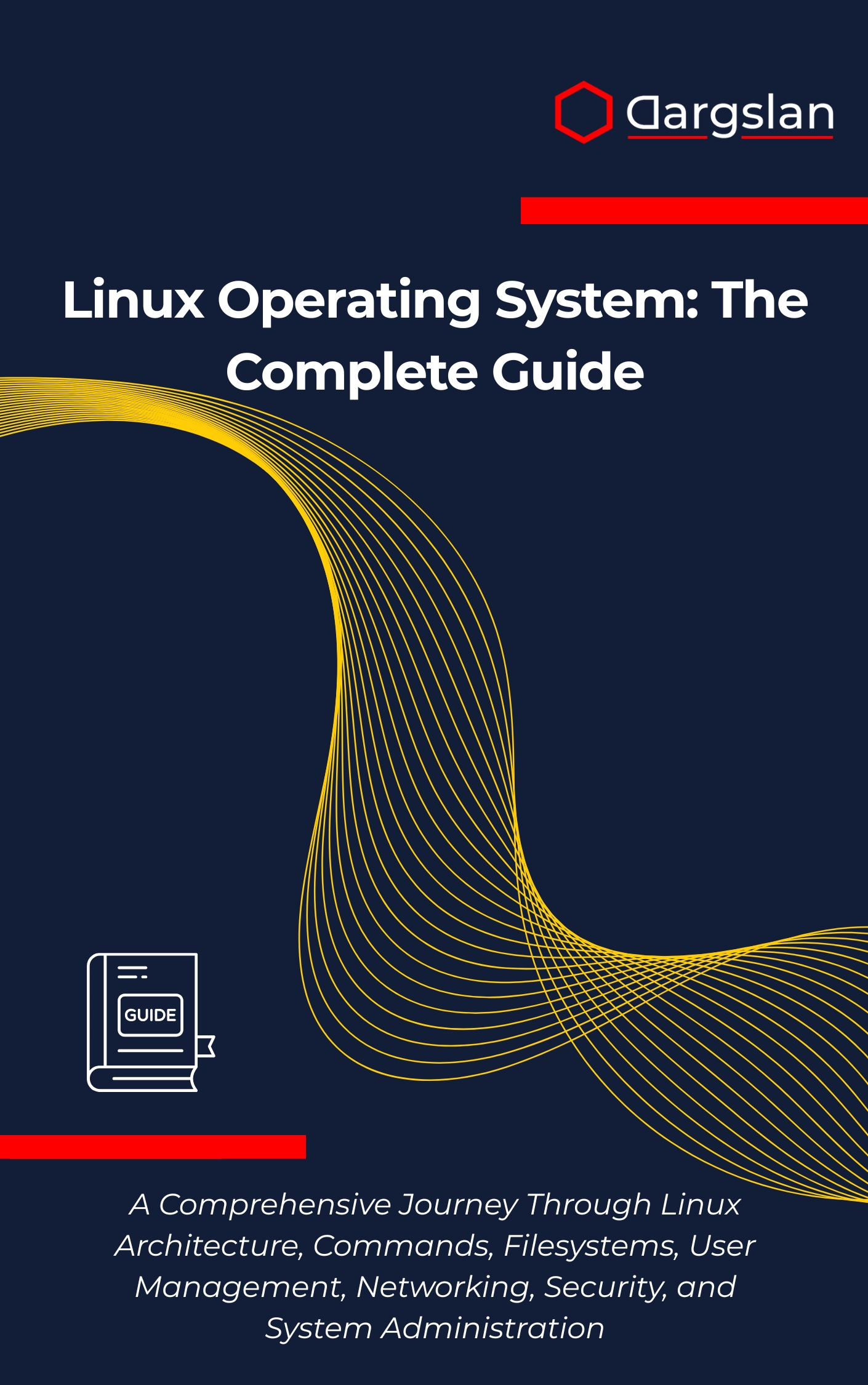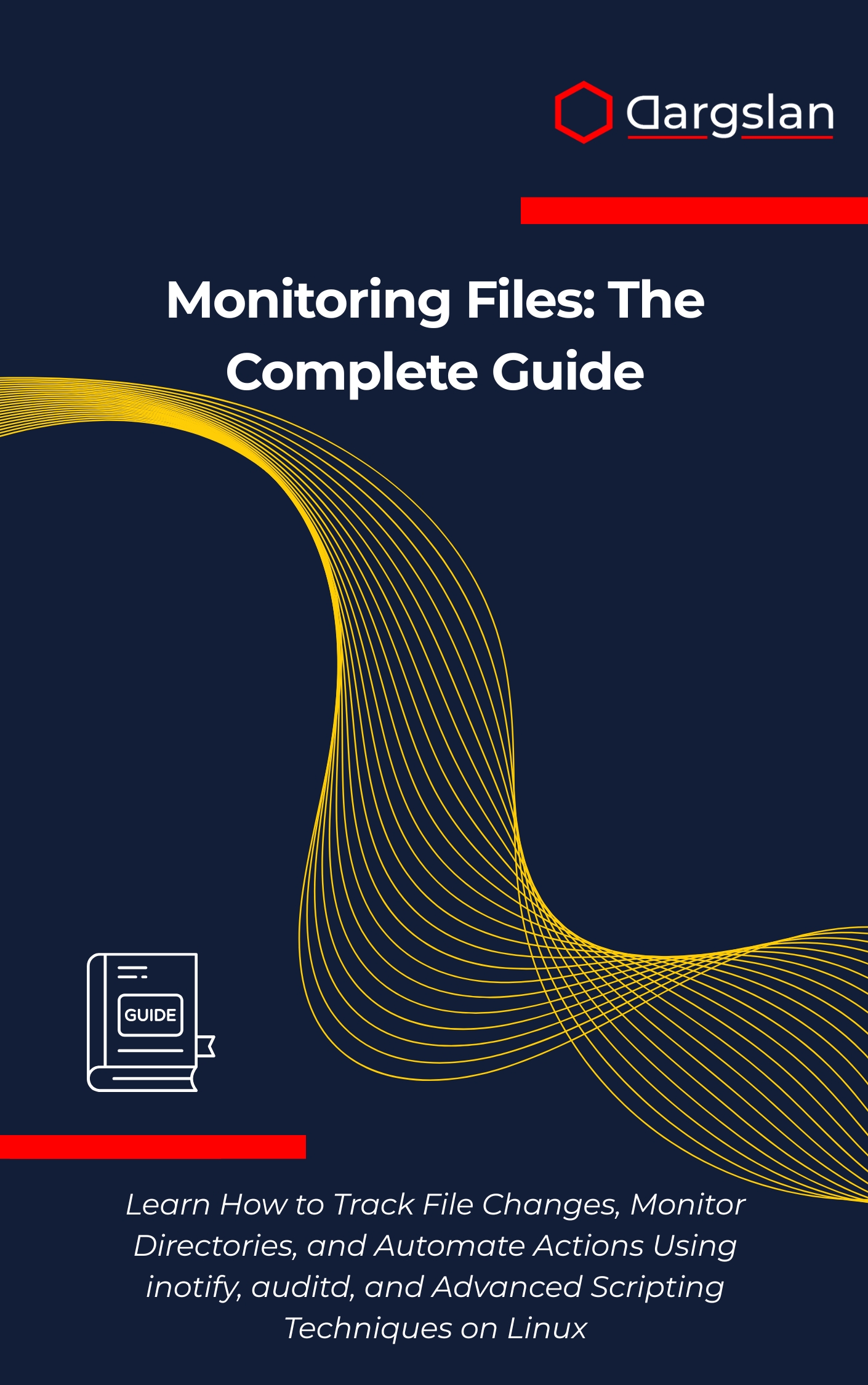Secure Shell (SSH) for System Administrators
Linux DHCP, DNS, and NAT Configuration,Configure DHCP, DNS, and NAT on Linux to manage network traffic efficiently.

Remote administration doesn’t have to trade speed for security. With the right SSH strategy, you can harden every connection, streamline automation, and gain peace of mind that your infrastructure can withstand modern attacks.
This expert-crafted guide turns everyday terminal sessions into enterprise-grade operations, helping teams reduce risk, boost reliability, and move faster—without compromising control.
A Practical Guide to Secure Remote Access, Automation, and Hardening with SSH
Overview
Secure Shell (SSH) for System Administrators is an IT book and programming guide built as a practical technical book for Linux and cross-platform operations teams. A Practical Guide to Secure Remote Access, Automation, and Hardening with SSH walks you through SSH fundamentals and architecture; secure server installation and configuration; key-based authentication implementation; SSH client configuration and usage; server hardening and security best practices; tunneling and port forwarding; file transfer protocols (SCP/SFTP); automation and scripting with SSH; troubleshooting and diagnostics; Windows SSH implementations; version control integration; and enterprise deployment strategies. You’ll learn to design hardened access patterns, automate routine tasks safely, and deploy scalable configurations that hold up in production.
Who This Book Is For
- System administrators and DevOps engineers who need reliable, secure remote management across Linux and mixed environments—get repeatable workflows, hardened defaults, and fast troubleshooting tips that work under pressure.
- Security practitioners and SREs seeking measurable risk reduction—learn how to eliminate password-based logins, enforce least privilege, monitor SSH activity, and align remote access with compliance goals.
- IT leaders, architects, and platform teams driving standardization—adopt proven patterns for enterprise deployment strategies and motivate your organization to implement consistent, auditable access controls.
Key Lessons and Takeaways
- Design zero-trust style access with key-based authentication, certificate authorities, and role-scoped policies—replace passwords, restrict what users and services can do, and introduce short-lived credentials for safer automation.
- Harden servers and clients using production-tested settings—choose modern KEX, ciphers, and MACs; disable legacy algorithms; lock down sshd_config with Match blocks; and add layered controls like firewall rules, MFA, and alerting.
- Automate at scale without compromising security—use SSH multiplexing, ProxyJump, and bastion hosts for controlled reach; move data with SCP/SFTP safely; and apply idempotent scripts and job orchestration to keep fleets in compliance.
Why You’ll Love This Book
This guide is relentlessly practical: clear explanations, step-by-step procedures, and copy-ready configuration snippets you can apply the same day. Each concept is backed by a real-world scenario, so you understand not just what to do, but why it matters and how to verify it. You’ll find cross-platform coverage—Linux, WSL, PuTTY, and OpenSSH for Windows—plus guidance on version control integration and team workflows.
How to Get the Most Out of It
- Follow a progressive path: start with fundamentals and architecture, then implement secure server installation and configuration, move to key-based authentication and client usage, and finish with hardening, automation, and enterprise deployment strategies.
- Apply concepts as you read: stand up a bastion host, enforce key-only logins, rotate keys or use certificate-based workflows, and track changes in a repository for auditable version control integration that teams can trust.
- Practice with mini-projects: build a secure tunneling and port forwarding setup for database access, script routine jobs with automation and scripting with SSH, and configure SFTP with chroot for compliant file transfer protocols (SCP/SFTP).
What’s Inside the Chapters
Early chapters demystify SSH client configuration and usage, including profiles, ProxyJump chains, ControlMaster/ControlPersist, and agent handling to balance convenience with safety. You’ll learn how to build strong baselines that remove guesswork from daily operations.
Mid-book, you’ll harden your servers with opinionated, security-first defaults. Expect guidance on access policies, command restrictions, logging and monitoring, and how to document and enforce changes across Linux fleets and hybrid environments.
Advanced sections tackle tunneling and port forwarding for secure service exposure, along with automation patterns for backups, patching, and fleet-wide configuration. You’ll see how to keep secrets out of scripts, verify integrity, and maintain least privilege at scale.
Cross-platform chapters detail Windows SSH implementations—OpenSSH for Windows, PuTTY, and WSL—so your teams can standardize access regardless of operating system. The book’s practical approach ensures that mixed environments receive the same rigor and protection.
Finally, production-minded guidance shows how to integrate SSH with CI/CD and version control, implement enterprise deployment strategies, and create workflows that are auditable, resilient, and easy to maintain as your organization grows.
Real-World Benefits You Can Expect
- Fewer incidents: eliminate weak passwords, standardize secure defaults, and reduce misconfigurations that attackers love to exploit.
- Faster operations: predefine SSH profiles, automate frequent tasks, and shrink Mean Time to Recovery with reliable diagnostics.
- Better compliance: add monitoring, enforce policies, and document configurations to satisfy internal and external requirements.
Get Your Copy
Build secure remote access, automate with confidence, and harden your infrastructure with proven techniques that scale from a single server to global fleets.




